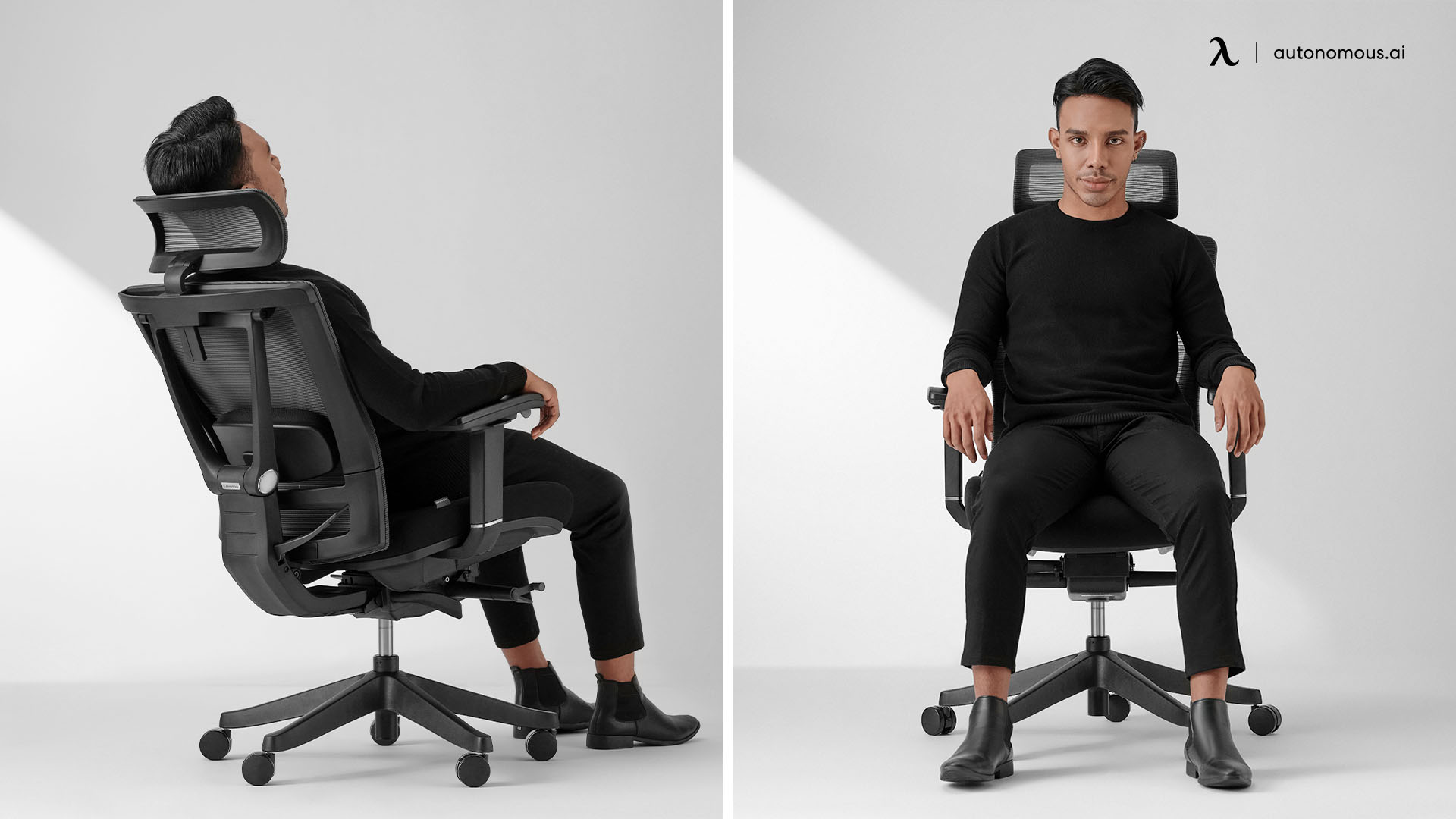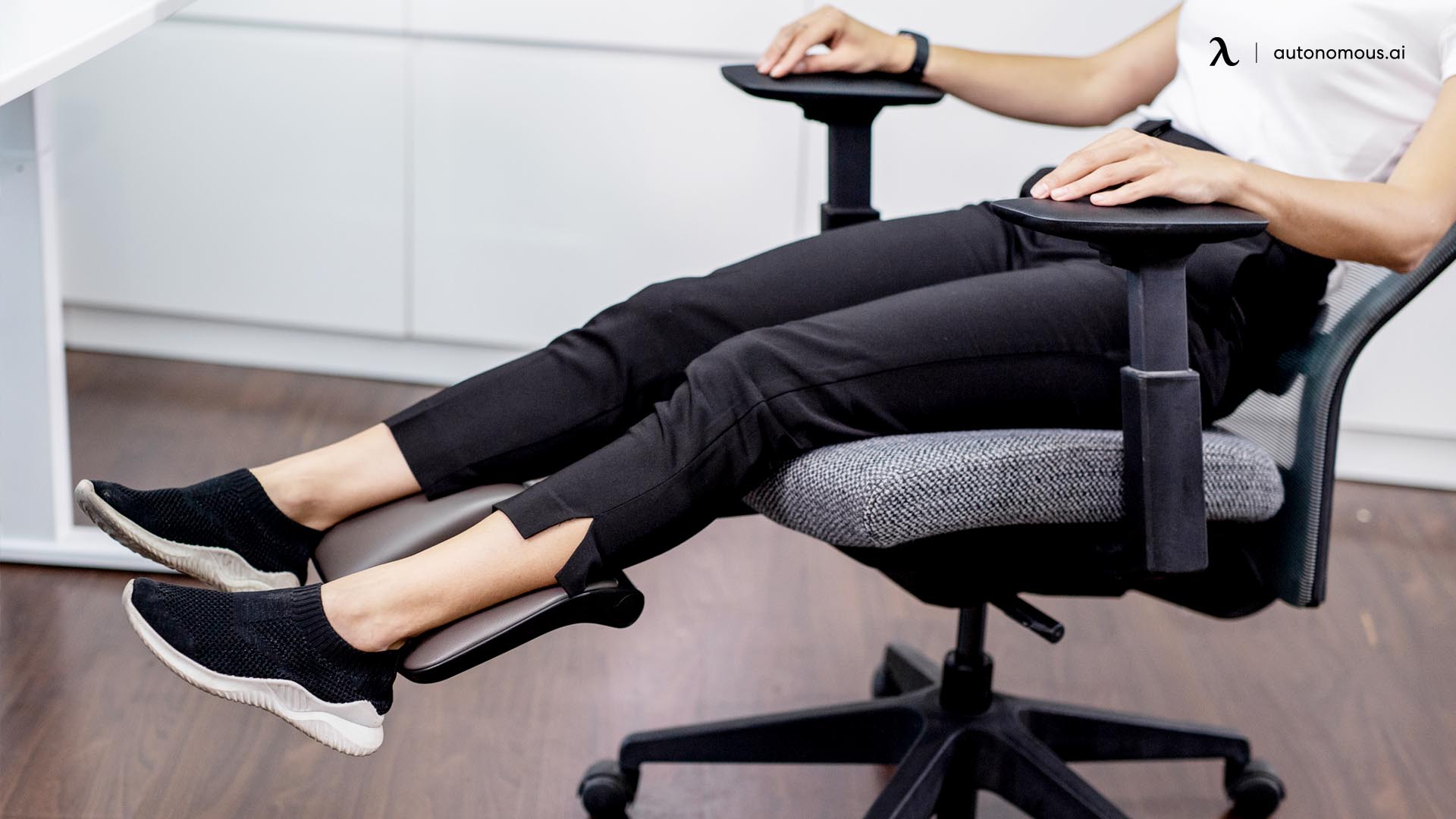Different Chair Types and Their Suitability

Choosing the right chair can significantly impact sciatica pain management. Understanding the pros and cons of various chair types is crucial for finding the best fit for individual needs and preferences. This analysis considers factors like adjustability, cost, and long-term comfort to help you make an informed decision.
Chair Type Comparison for Sciatica Relief
The following table compares different chair types, highlighting their effectiveness in managing sciatica. The Sciatica Suitability Rating is a subjective assessment based on general user feedback and expert opinions, ranging from 1 (least suitable) to 5 (most suitable).
| Chair Type | Pros | Cons | Sciatica Suitability Rating (1-5) |
|---|---|---|---|
| Ergonomic Chair | Excellent lumbar support, adjustable height and armrests, promotes good posture. | Can be expensive, requires careful adjustment for optimal comfort, may not suit all body types. | 4 |
| Kneeling Chair | Encourages upright posture, reduces pressure on the lower back. | Can be uncomfortable for extended periods, may not be suitable for individuals with knee problems, requires adjustment to get used to the posture. | 3 |
| Standing Desk (with Anti-Fatigue Mat) | Promotes movement, reduces prolonged sitting, can alleviate pressure on the spine. | Requires significant adjustment to posture, can lead to fatigue in legs and feet if used for extended periods without breaks, may not be suitable for all physical conditions. | 3 |
Examples of Chairs and Key Features
Selecting a chair involves considering specific features that cater to individual needs. The following examples illustrate chairs within each category, highlighting features relevant to sciatica sufferers.
Best office chair for sciatica – Ergonomic Chairs: Ergonomic chairs are designed to support the natural curves of the spine. Key features to look for include adjustable lumbar support, adjustable armrests, and a seat pan that allows for proper thigh support. The goal is to maintain a neutral spine posture throughout the workday.
- Herman Miller Aeron: Known for its breathable mesh back and highly adjustable features.
- Steelcase Leap: Offers excellent lumbar support and a variety of adjustment options.
Kneeling Chairs: Kneeling chairs encourage an upright posture by placing the user’s weight on their knees and shins, reducing pressure on the lower back. However, proper posture and gradual adjustment are crucial to avoid discomfort.
- Varier Variable Balans: A classic kneeling chair with adjustable height and knee support.
- Amazon Basics Kneeling Chair: A more budget-friendly option, though features may be less comprehensive.
Standing Desks: Standing desks offer a break from prolonged sitting, but prolonged standing can also be problematic. An anti-fatigue mat is highly recommended to alleviate pressure on the feet and legs. Alternating between sitting and standing is key.
- FlexiSpot EC1: An electric standing desk with height adjustment memory features.
- Uplift V2: A sturdy standing desk with various customization options.
Advantages and Disadvantages of Each Chair Type
The choice of chair depends on individual needs and preferences. Cost, adjustability, and long-term comfort are all significant factors to consider when choosing a chair to manage sciatica. Careful consideration should be given to each chair’s impact on posture and potential discomfort. For example, while ergonomic chairs offer superior support, their higher price point may be a deterrent for some. Kneeling chairs, though potentially beneficial, require adjustment and may not be suitable for everyone. Standing desks, while promoting movement, necessitate breaks and may not be suitable for those with leg or foot issues. Careful consideration and trial periods are often necessary before making a final decision.
Additional Considerations and Recommendations: Best Office Chair For Sciatica

Finding the perfect office chair for sciatica isn’t just about ticking boxes; it’s about finding a chair that truly works *for you*. Your unique body, lifestyle, and budget all play a crucial role in making the right choice. Ignoring these factors could lead to disappointment and continued discomfort. Let’s dive into some key considerations to help you find your perfect match.
Factors Influencing Chair Selection
Choosing the right chair involves more than just looking at the price tag. Several personal factors significantly influence the chair’s effectiveness in alleviating sciatica pain and promoting good posture. Considering these aspects will lead to a more comfortable and supportive seating experience.
- Body Weight and Height: The chair’s weight capacity and adjustability are paramount. A chair that can’t support your weight will likely offer poor support and could exacerbate your sciatica. Similarly, height adjustability ensures proper lumbar support, crucial for individuals of varying heights. For example, a petite individual might find a large executive chair too cumbersome, while a taller person might need extra legroom.
- Work Style and Posture: Do you spend hours hunched over a computer? Or do you prefer a more upright posture? Your work style dictates the level of adjustability and support you need. If you sit for prolonged periods, you’ll want a chair with excellent lumbar support and adjustable features to maintain proper posture. Someone who frequently stands up and moves around might prefer a chair with a less rigid design.
- Pre-existing Conditions and Preferences: Sciatica is unique to each individual. Consider any other pre-existing conditions affecting your back or posture. Do you prefer a firm or softer seat? Do you have a preference for specific materials? Addressing these preferences will enhance comfort and effectiveness. For example, someone with hip pain might benefit from a wider seat, while someone sensitive to heat might prefer a breathable mesh back.
Chair Recommendations Based on Budget and Lifestyle, Best office chair for sciatica
Budget and lifestyle significantly impact chair choices. Let’s explore options across different budget tiers and lifestyles.
| Budget Tier | Lifestyle | Chair Recommendations | Considerations |
|---|---|---|---|
| Low | Home Office (Occasional Use) | Ergonomic kneeling chair, basic adjustable chair with lumbar support | Prioritize lumbar support and adjustability within the budget. Consider a chair that can be easily moved and stored if space is limited. |
| Medium | Home Office (Regular Use), Small Office | Mid-range ergonomic chair with adjustable height, armrests, and lumbar support; Mesh back chairs for breathability. | Look for features like adjustable armrests for optimal arm placement and a breathable mesh back to prevent overheating during extended use. |
| High | Long Work Hours, Large Office | High-end ergonomic chair with advanced features such as adjustable headrests, multiple lumbar support adjustments, and advanced ergonomic design. | Invest in a chair that offers maximum adjustability and comfort for extended periods. Consider features that promote proper posture and reduce strain. This is an investment in your long-term health and comfort. |
